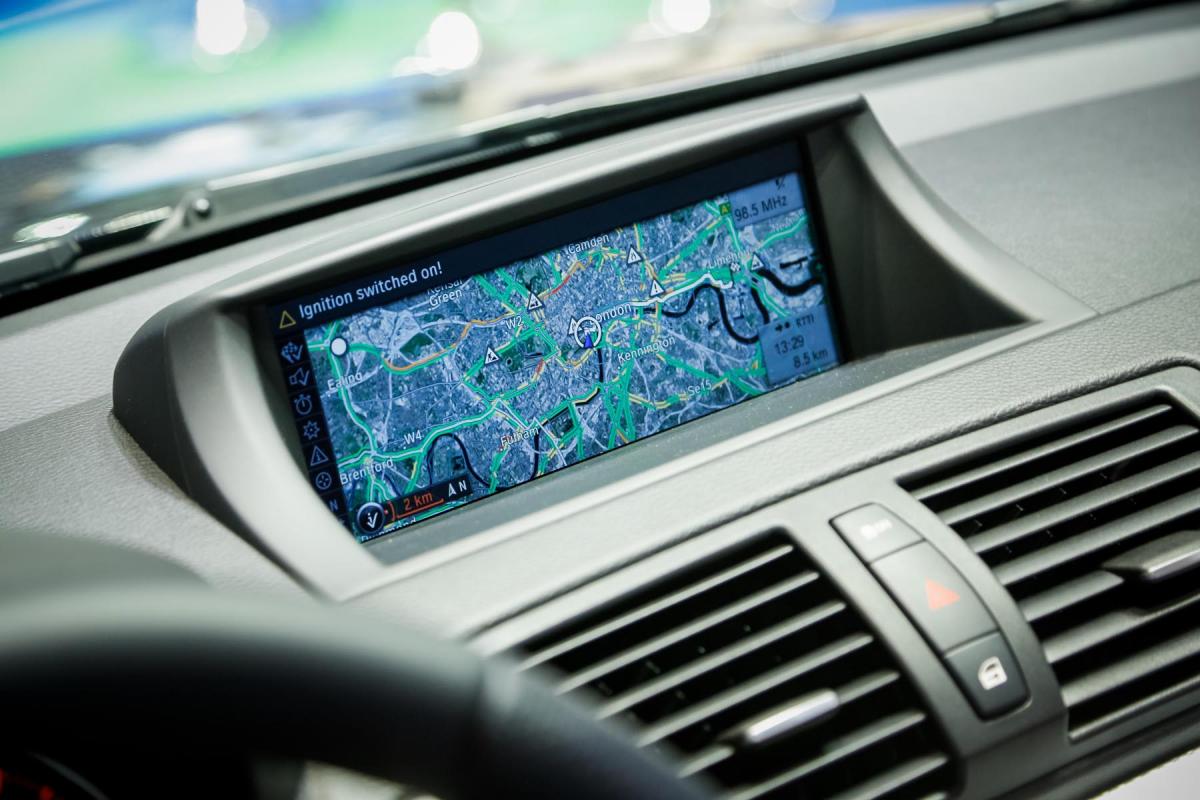An array of innovative technologies for intelligent transport systems (ITS) using satellite systems were presented at the Vienna ITS World Congress

At the Vienna ITS World Congress on October 22-26, key stakeholders praised the multi-constellation advantages provided by Galileo during a session on eCall, the European initiative for safer mobility. “Galileo will provide accuracy and reliability in all the transport markets, but in the case of emergency rapid assistance, the positioning need is even more critical,” said Fiammetta Diani, Market Development Officer at the European GNSS Agency (GSA).
A multiconstellation approach for eCall and other similar initiatives will permit to share much better performances without additional costs. In this sense, Yaroslav Domaratsky, from NIS-GLONASS, confirmed that ERA-GLONASS, the Russian version of eCall, will benefit from multiconstellation. “Solutions including also Galileo are welcome in the Russian initiative”, Domaratsky said.
Joining forces to transform road tolling
GSA joined up with ASECAP, the European Association of Operators of Tolled Road Infrastructures, to present a provisional roadmap showing how European GNSS technology can add value to road infrastructure operators, as well as identifying concrete actions for key stakeholders to guide the future trends. This roadmap will be officially presented at the European Space Solutions' conference in London on December 5.
Other sessions revealed innovative ideas on how GNSS services can transform road charging, with some of the main European operators - SkyToll, T-Systems, Autostrade Tech, and Q-Free – outlining how EGNOS and Galileo are able to provide new tolling solutions.
Luigi Giacalone, managing director of Autostrade Tech, which provides the technology for the French Ecomouv project, said EGNOS will contribute to reliably collect taxes on the heavy trucks using the road charging scheme. “This is a tax, not a toll. It aims to collect a new tax reliably and fairly according to distance travelled, while dissuading fraud,” he said. “Thanks to GNSS multi-constellation, only 10 locations out of the 15,000 km network need support beacons.” Ecomouv, which Includes anti-jamming and anti-spoofing mechanisms, covers 600,000 French lorries and 200,000 foreign ones, and will run from July 2013, for 11.5 years. Giacalone said its performance target was 99.75% accuracy of the entire collection chain, and its trials had already 99.8% accuracy.
Miroslav Bobošík, from SkyToll, which operates Slovakia’s electronic tolling operations, explained how the system was able to cover not only 570km of motorways, but also 1,800km of first class roads in the country. “We needed a flexible system to cover different roads in different circumstances. And also to be fair to drivers, so they pay only for what they use,” said Bobošík, who is SkyToll's Director of Strategy, Development and Marketing. “We cover all services, not just toll collection, but enforcement, and technological maintenance and repair.”
GNSS tolling means feasibility, for instance, in SkyToll: since its launch in mid-2010, many changes have been made to the operation of the network, but thanks to the technology, they were easy to make. And they were cheap, he said. “While it is difficult to compare costs with other country, SkyToll has the lowest cost per km to operate,” he said. “GNSS is the best possible solution for electronic tolling system in Slovakia, and GNSS is the most suitable for ITS.”
GNSS is “a game changer”

He said EGNOS could support future tolling in three ways: by making more robust the positioning; by preparing the ground for Galileo; and enabling new, more accurate, applications. “GNSS has proved to be a reliable technology for large-scale road charging on complex networks,” he said. “Galileo will bring further improvements, and may become the cornerstone of future road applications.”
Vierroth said that T-Systems had developed GNSS road tolling technology over the past decade almost 13,000 km of highways, with an accuracy of 99.9% He said the overall income for the 2005-2011 period was €26.1 billion.
Bennett Pierce from research and development group Battelle Memorial Institute talked of a GNSS demonstration project in Minnesota that used “a commercial, off-the-shelf onboard unit…which most people call a smartphone!” He said the voluntary system - with the Samsung Galaxy S (now three generations old) - gave users a flat fee per mile driven based on odometer readings. “It is not a mysterious box with a flashing lights – it’s a smart phone,” he said.
Media note: This feature can be republished without charge provided the European GNSS Agency (GSA) is acknowledged as the source at the top or the bottom of the story. You must request permission before you use any of the photographs on the site. If you do republish, we would be grateful if you could link back to the GSA website.